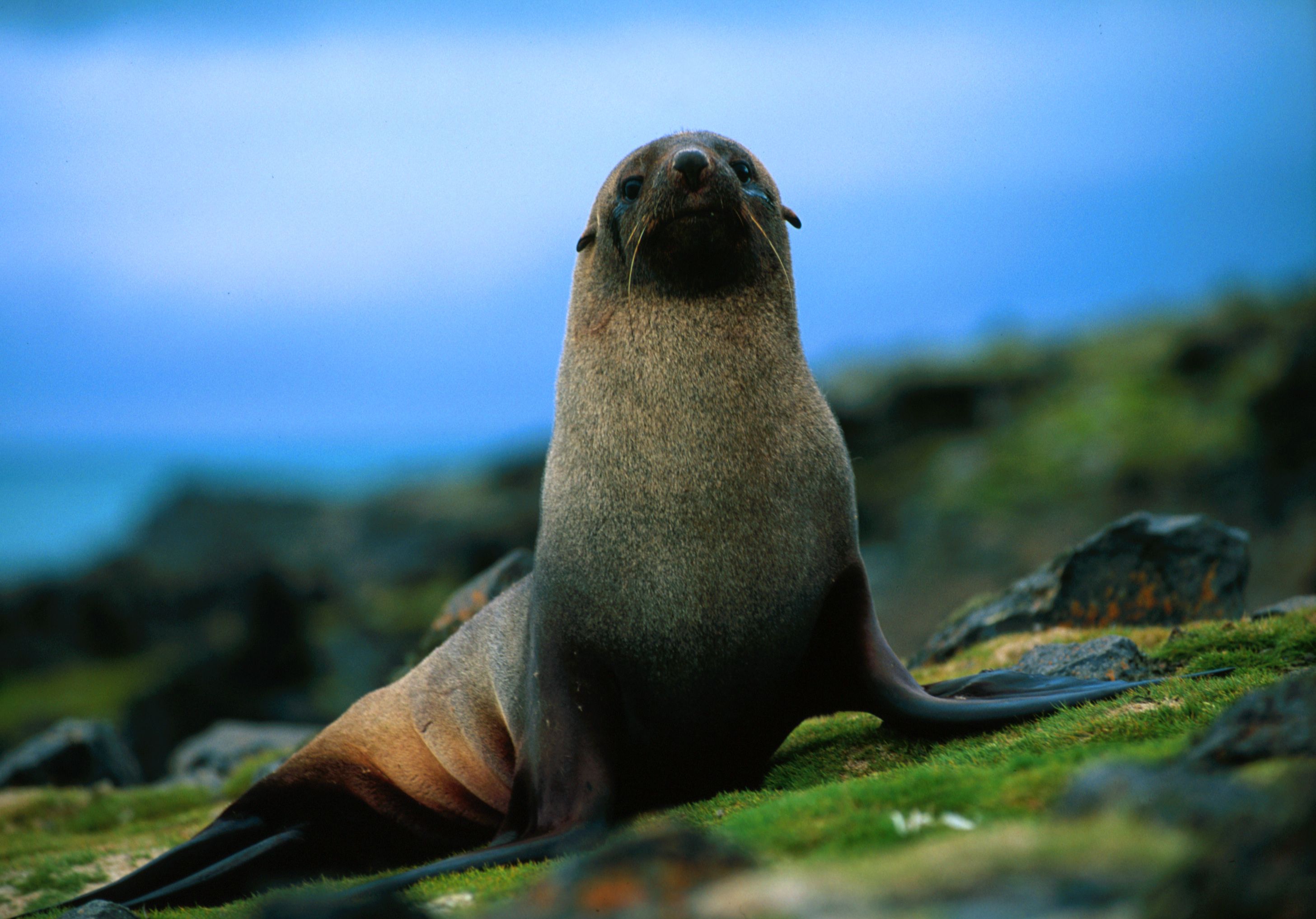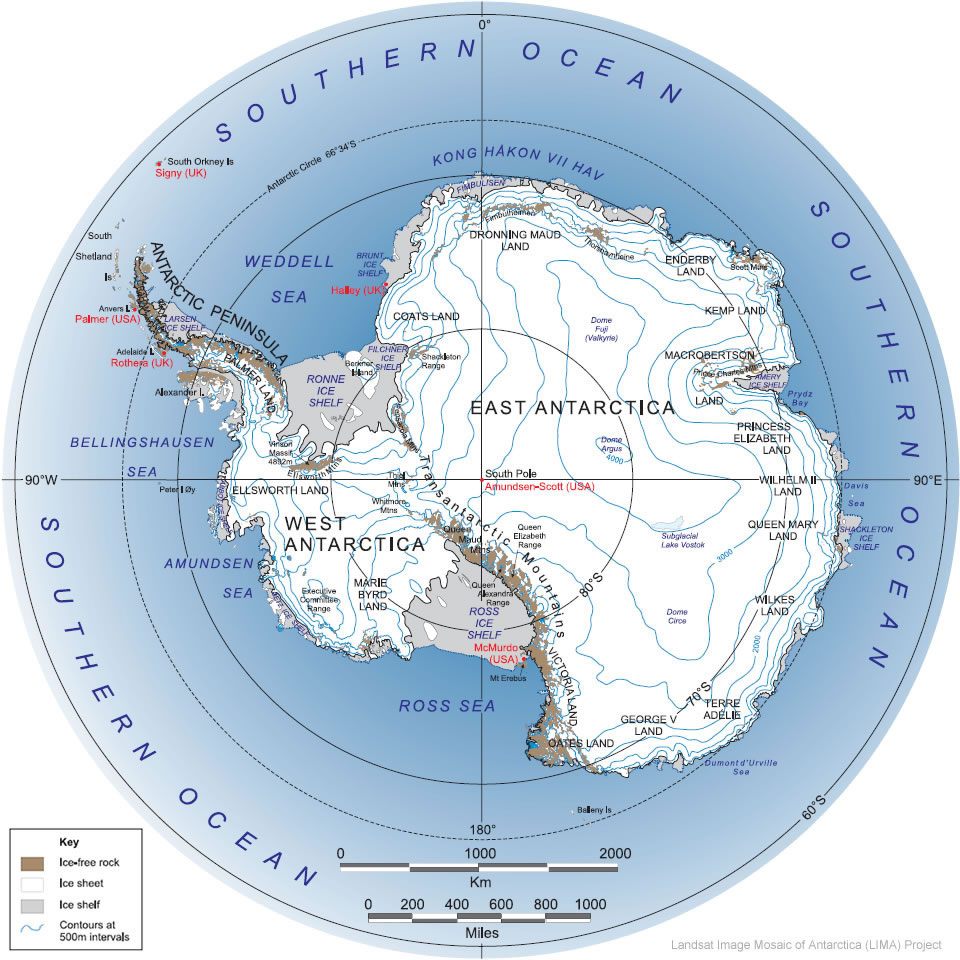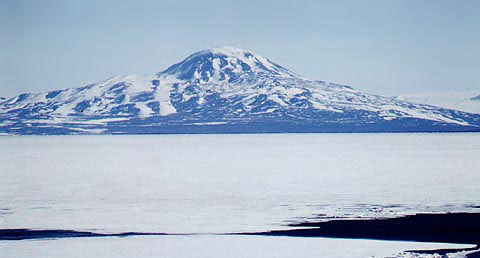How Antarctica affects the Core of the Earth
Antarctica has a tremendous affect on the Earth's core.
When it was the SuperContinent Gondwana, it had broken up into chucks and some of those pieces even sunk into the ocean. Based on scientists' theory, they believe that land had formed under water volcanoes and other landforms. I am infeencing those pieces are still there and may have formed a major volcano or other natural landform that really affects the Earth's structure and may have something to do with global warming...
How Antarctica affects the Earth's Global Warming
Antarctica has a big hand in the Earth's global warming,
the continent does and has earlier, too. Many million years ago, Antarctica was
not as it is now, it was a SuperContinent that would later break up into about 5 continents. This SuperContinent was known as Gondwana. At that time the Earth was a cold planet, however, Gondwana was a very tropical place. Lush vegetation along with perfect animals existed there at that time, however, tectonic plate movement broke Gondwana into such small pieces, and one of those was Antaractica. Slowly, as Antarctica moved towards the South Pole, but Earth's global warming increased majorly because ice was always being formed and always being melted. Unexpectedly, though, Antarctica became the coldest place on the Earth, where once, it was the most Tropical. Due to this, Earth's global warming became very high, and along with rough weather, there were many other things. Such as more species of animals, more food, green vegetation, better quality of life, then humans, and so on. It was a significant chain of events.
Tectonic Plate Movement
The tectonic plate movement of Antarctica's tectonic plates affects the Earth because they increase volcanic activity and modifies the structure of the Earth. This is due to the fact that tectonic plate movement creates rocks, volcanoes, other landforms, and much more. Tectonic plates are what form land on Earth, and if they move and they change, so many things on Earth change. For more information, visit the websites below.
Discoveryantarctica.org.uk
Coolantarctica.com
theantarctic.com
Enchantedlearning.com











